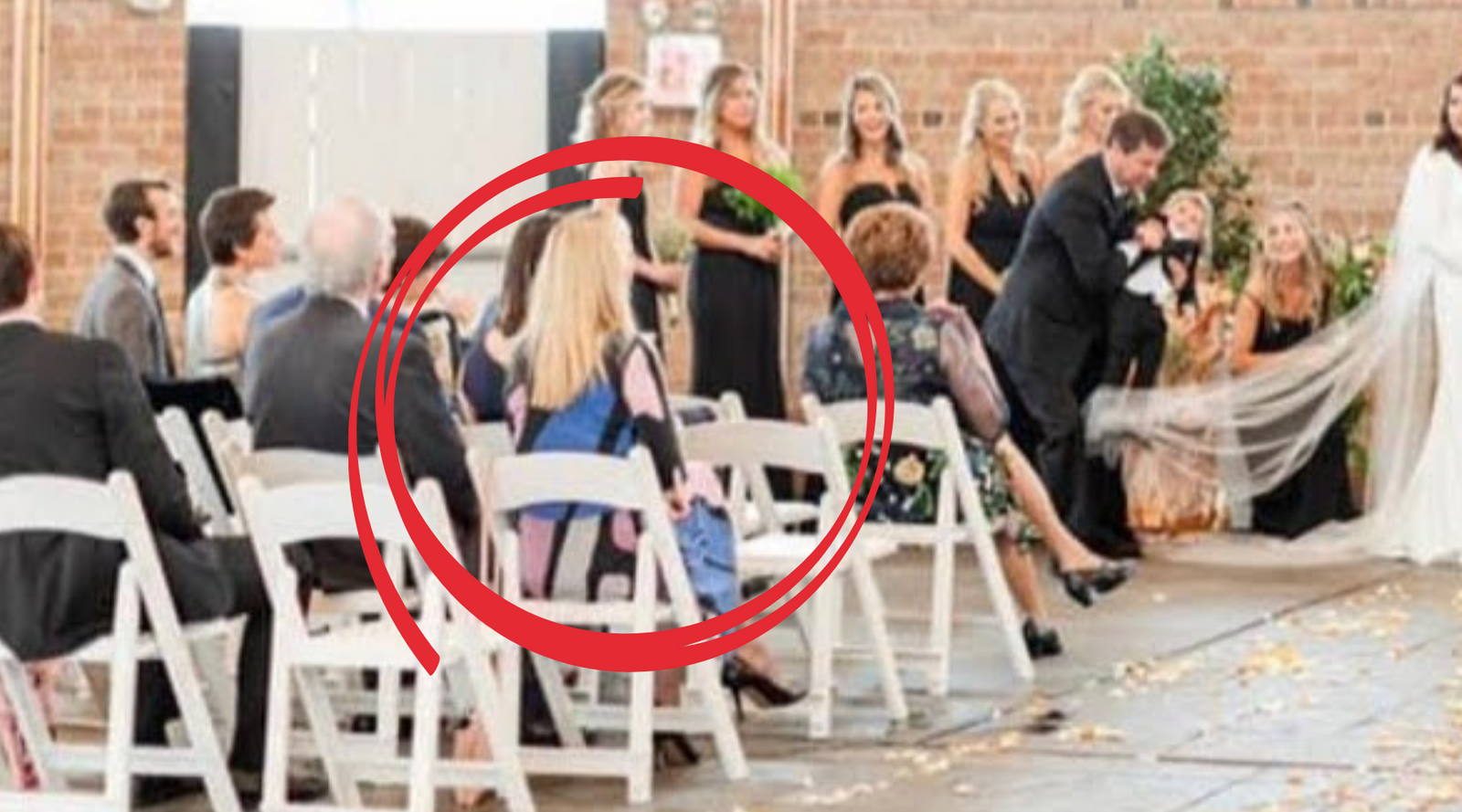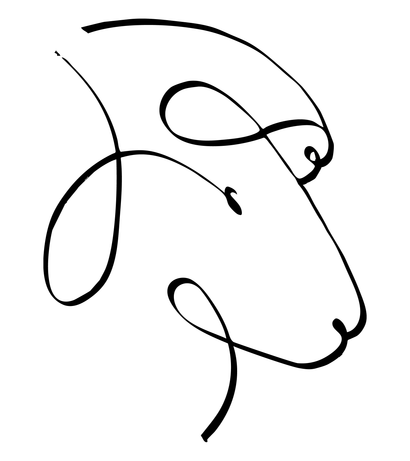Free shipping on all domestic orders over $150
Free shipping on all domestic orders over $150
Shop
Add description, images, menus and links to your mega menu
A column with no settings can be used as a spacer
Link to your collections, sales and even external links
Add up to five columns
Add description, images, menus and links to your mega menu
A column with no settings can be used as a spacer
Link to your collections, sales and even external links
Add up to five columns

Knitting sweaters you love - it's more than just neckline and color
July 05, 2021 3 min read
I have a beautiful dress in my closet that I have to force myself to wear. It’s lovely, really, and I know it was expensive, which is why I haven’t gotten rid of it. That, and the fact that my mother bought it for me for Christmas one year.
You might look at it and wonder why it doesn't work. It checks all the boxes, which is probably why she selected it. - Wrap style. V neck. Quality fabric Cool colors - even some pink.
But you see, it’s a bold geometric print of cobalt, black, cream, and pink..
My mother loved bold geomatics - stripes, color blocks. Me, I’m a solids kind of girl - solids, punctuated with the occasional animal print. Kind of boring. There. I said it. I like boring clothes.
Mostly.
Except Noro. I love Noro, which is anything but boring. Noro is famous for its stripes of outrageous colors. It would be easy to look at my collection of Noro sweaters and think that I loved bold colorful garments. But clearly, from the fiasco of the dress, that is not the case. Hold that thought.
Last week I told you to look in your closet - or your hamper, rather - to see what styles you like. What necklines, sleeve length, color, and fit. Those are the big ones, but as you dig deeper, there are other aspects to consider.
When designer Sally Melville was here the first time in 2006, she did a class on First Choices, Basic Shapes, and she talked about this at length. She mentioned the importance of considering all sorts of aspects. Here are a few
- Shiny or matte?.
- Structures or draped
- Solids or prints
- If prints, large scale motifs or tiny all over polka motifs?
- Angular geometrics or rounded?
- High or low contrast
So, how do these aspects of preference impact sweater choice? Let’s look
Shiny vs matte, for example, would come into play when you’re deciding between two types of cotton. Mercerized cotton. Like Cotton Glace, will give you more of a sheen and more structure than say, Summerlite dk.
If you prefer structure in your clothing, those loosely knit ponchos are probably going to make you feel sloppy. Conversely, if you like clothes with a soft drape, you might not like heavily cabled garments.
Color contrast is a thing to consider too, and it is the key to the Noro/dress issue. High contrast is a mix of light and dark, while low in low contrast situations, the colors all have nearly the same value? In looking at the Noro garments I love, you will see that they colorways I've chosen are all very low contrast - lots of color, but not too much contrast. The colors in the dress are boldly punctuated with black and white. Low vs high contrast why Noro works for me, but the dress does not. Not all Noro yarns are low contrast - some are some are not. Not all variegated yarns are high contrast, It's not hard to recognize the difference, but you have to train your eye a little bit to see this in yarn and anticipate how the resulting fabric will look. Of course, swatching is the only real way to know, but I'll show you some tricks that will help. Watch here
I look forward to seeing you soon!
Warmly,
Ellen

